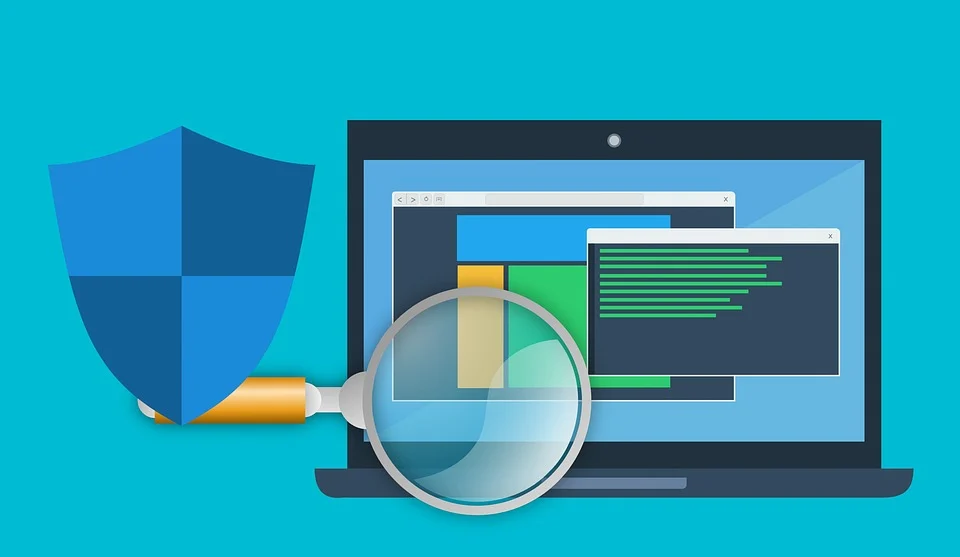In today’s digital landscape, organizations face an ever-increasing array of cyber threats that can exploit vulnerabilities within their IT infrastructure. Identifying and mitigating these vulnerabilities is paramount to maintaining a strong security posture and protecting sensitive data. This blog explores modern techniques and tools for identifying vulnerabilities, highlighting the importance of comprehensive IT vulnerability management. By understanding and addressing these weaknesses, organizations can significantly reduce the risk of cyber attacks and ensure their systems and networks remain secure.
What is IT Vulnerability Management?
IT vulnerability management is a critical aspect of an organization’s cybersecurity strategy, focused on identifying, assessing, and mitigating vulnerabilities in systems, applications, and networks. This process involves continuous monitoring and scanning for vulnerabilities, evaluating their potential impact, and prioritizing remediation efforts based on the severity and risk associated with each vulnerability.
The vulnerability management process typically begins with vulnerability scanning, using automated tools to identify weaknesses and misconfigurations within the IT infrastructure. These scans can uncover known vulnerabilities in software, hardware, and network components. Once vulnerabilities are identified, they are assessed to determine their severity and potential impact on the organization’s operations and data security.
Remediation is the final step in vulnerability management, involving actions to fix the identified vulnerabilities. This can include applying patches and updates, reconfiguring systems, and implementing additional security controls. Effective vulnerability management also involves regular review and updating of the process to adapt to new threats and vulnerabilities, ensuring that the organization’s security posture remains robust and resilient against evolving cyber threats.
How Can Organizations be Vulnerable Against Cyber Threats?
Organizations can be vulnerable to cyber threats for various reasons, often stemming from weaknesses in their security practices and infrastructure. One common vulnerability is outdated software and systems. When organizations fail to apply timely updates and patches, they leave known vulnerabilities unaddressed, which can be exploited by cybercriminals to gain unauthorized access or disrupt operations.
Another significant vulnerability is weak access controls and poor identity management. If employees use weak passwords, share credentials, or if there are insufficient authentication measures in place, it becomes easier for attackers to breach systems. Additionally, excessive permissions granted to users can lead to unauthorized access to sensitive data, increasing the risk of internal and external threats.
Human error also contributes significantly to organizational vulnerabilities. Employees may fall victim to phishing attacks, inadvertently downloading malware, or failing to recognize social engineering tactics. Lack of adequate training and awareness programs can exacerbate this issue, leaving employees ill-equipped to identify and respond to potential threats. Thus, comprehensive security strategies and regular training are crucial for minimizing these vulnerabilities.
How Can Organizations Identify Their Vulnerabilities?
Organizations can identify their vulnerabilities through a structured and continuous process known as vulnerability management. This process begins with vulnerability scanning, where automated tools are used to scan the IT environment for known vulnerabilities. These tools, such as Nessus, Qualys, and OpenVAS, can identify weaknesses in operating systems, applications, and network devices. Regular scanning helps organizations stay ahead of emerging threats by continually assessing their security posture.
Another effective method for identifying vulnerabilities is conducting penetration testing, or ethical hacking. In this approach, security professionals simulate attacks on the organization’s systems to uncover potential security gaps that automated tools might miss. Penetration testing provides a deeper understanding of how vulnerabilities could be exploited and helps prioritize remediation efforts based on the actual risk they pose. These tests should be conducted periodically and after significant changes to the IT environment to ensure ongoing security.
What Can Organizations Do to be Less Vulnerable?
Organizations can protect themselves against vulnerabilities by implementing a multi-layered security approach that encompasses people, processes, and technology. Firstly, regular patch management is crucial. Organizations should ensure that all software and systems are updated with the latest patches and security updates to fix known vulnerabilities and prevent exploitation by attackers.
Implementing strong access controls and identity management practices is another essential step to managing vulnerabilities. This includes enforcing the use of strong, unique passwords, enabling multi-factor authentication (MFA), and regularly reviewing and adjusting user permissions to ensure that only authorized personnel have access to sensitive information. Limiting access based on the principle of least privilege can significantly reduce the risk of unauthorized access.
Employee training and awareness programs play a vital role in protecting against vulnerabilities. Regular training sessions on cybersecurity best practices, phishing awareness, and recognizing social engineering tactics can help employees become the first line of defense against cyber threats. Additionally, conducting regular security audits and vulnerability assessments can help identify potential weaknesses in the organization’s security posture, allowing for timely remediation and strengthening overall defenses.
Potential Insider Threats That Organizations Should Know
Insider threats are security risks that originate from within the organization, typically involving employees, contractors, or other trusted individuals who have access to critical systems and data. One of the primary insider threats is malicious insiders, who intentionally exploit their access to steal sensitive information, sabotage systems, or engage in fraudulent activities. These individuals often have legitimate access rights, making their actions harder to detect and prevent.
Another significant insider threat is negligent insiders, who unintentionally cause security incidents through careless or untrained behavior. This can include actions such as clicking on phishing links, mishandling sensitive data, failing to follow security protocols, or losing devices that contain confidential information. Negligent insiders pose a substantial risk because their actions can lead to data breaches, malware infections, and other security incidents without malicious intent, often due to a lack of awareness or proper training.
Insider threats can also emerge from third-party vendors or partners who have access to the organization’s systems and data. These external insiders might inadvertently or deliberately compromise security through their actions. Ensuring that third-party entities adhere to stringent security practices and conducting regular audits of their security measures are crucial steps in mitigating this risk. Overall, addressing insider threats requires a comprehensive approach that includes robust access controls, continuous monitoring, employee training, and a strong security culture within the organization.
How Can Mobile Device Management Solutions Help?
Mobile Device Management (MDM) solutions can play a crucial role in vulnerability management by providing comprehensive tools to secure and manage mobile devices within an organization. Using an MDM in the workplaceenables administrators to enforce security policies across all devices, ensuring compliance with organizational standards. This includes requiring strong passwords, enabling encryption, and ensuring that devices are running the latest operating systems and applications with all necessary patches and updates.
MDM solutions also offer features for remote monitoring and management of devices. Administrators can track the health and status of devices, identifying potential vulnerabilities such as outdated software or unauthorized applications. In case a device is lost or stolen, MDM solutions provide the capability to remotely lock or wipe the device, protecting sensitive data from falling into the wrong hands.
Additionally, MDM solutions can integrate with other security tools and platforms, providing a unified approach to vulnerability management. By collecting and analyzing data from various sources, MDM solutions help organizations identify trends and patterns that may indicate security risks, allowing for proactive measures to mitigate potential threats. This holistic approach ensures that mobile devices, often a significant entry point for cyber threats, are adequately secured and managed, enhancing the organization’s overall security posture.
Conclusion
Effective vulnerability management is not just a technical necessity but a strategic imperative for modern organizations. By leveraging automated vulnerability scanning tools, conducting regular penetration tests, and employing Mobile Device Management solutions, organizations can systematically identify and address security weaknesses. Strong access controls, regular software updates, and thorough employee training further fortify defenses against potential threats. Ultimately, a proactive and layered approach to vulnerability management empowers organizations to stay ahead of cyber threats, ensuring the resilience and security of their IT environments in an increasingly hostile cyber landscape.



